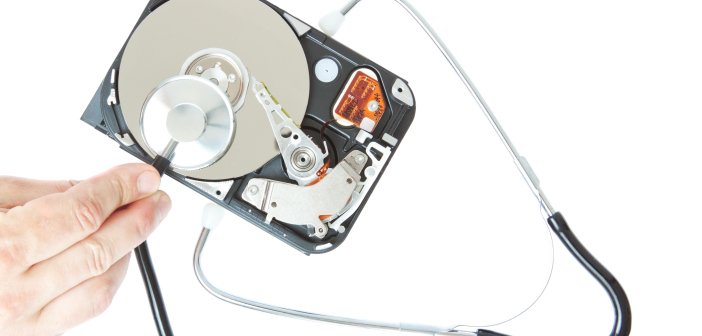It has been said that there are two types of data: that which is lost and that which has yet to BE lost. You know it will happen to you eventually. You go to update a project, or to look for older information that has suddenly become relevant. You perform a search and the material you are looking for is just… gone. The files you need are either corrupt or the data does not exist. You need to have that data, but what do you do? It is time for a data recovery professional to retrieve the information. There are three ways to know if you need a data recovery service.
Quorum says, “But first, a bit of background; data recovery is the process of handling damaged or corrupted media, where someone knowledgable can salvage inaccessible files when this information cannot be retrieved through regular means. Data can be recovered from almost any media form.” Devices that allow the attempted recovery include computer hard disk drives and modern USB flash drives. Portable media, including solid-state drives, Compact Discs or DVDs, can also have material recovered from them. Even older media, such as diskettes or storage tapes can be retrieved if the right equipment is available to access and read them. If the storage device has received either physical or water damage or the data has suffered logic damage to the file system, data recovery is necessary. Basically, any type of damage that can prevent data from being read by the host operating system (OS) or associated programs/applications will need to be recovered by a knowledgeable professional.
The first or most common scenario is an operating system failure. This happens when damage has occurred to a single-disk or single-partition OS system. The goal, in this case, is to copy all the important files to another disk. Options include slaving damaged media or using a recovery CD, which will allow the affected device to be mounted on a working system. Once mounted, the files can be moved with the assistance of a file manager or recovery software. This type of loss can be prevented or reduced by frequent disk partitioning or by consistently backing up valuable data files on an alternate, but accessible partition from the OS system files.
The second scenario involves a disk failure. These are typically the hardest to recover because they involve either a compromised file system or disk partition, or a hard disk failure. In any of these cases, the data cannot be easily read. Solutions can involve repairing the file system, partition table or master boot record. More difficult recoveries can require replacing the firmware or hardware of the damaged drive or even a full removal of the physical disc. Once a hard disk has completely failed, the aim is to make a one-time recovery and to salvage any stored data that can still be read.
In a third scenario, files have been “deleted” from a storage medium. Typically, the contents of deleted files are not immediately removed from the drive. The references to the data have been removed from the OS directory. The memory the data occupies is then made available to be overwritten by new data. While the deleted files are not reachable through a standard OS file manager, the data still exists on the drive. The original contents of the files remain, often in a number of disconnected fragments, and may be recoverable.
While these scenarios are troubling, each allows for the use of data recovery services. It is always best to request help so that a permanent loss does not occur.




